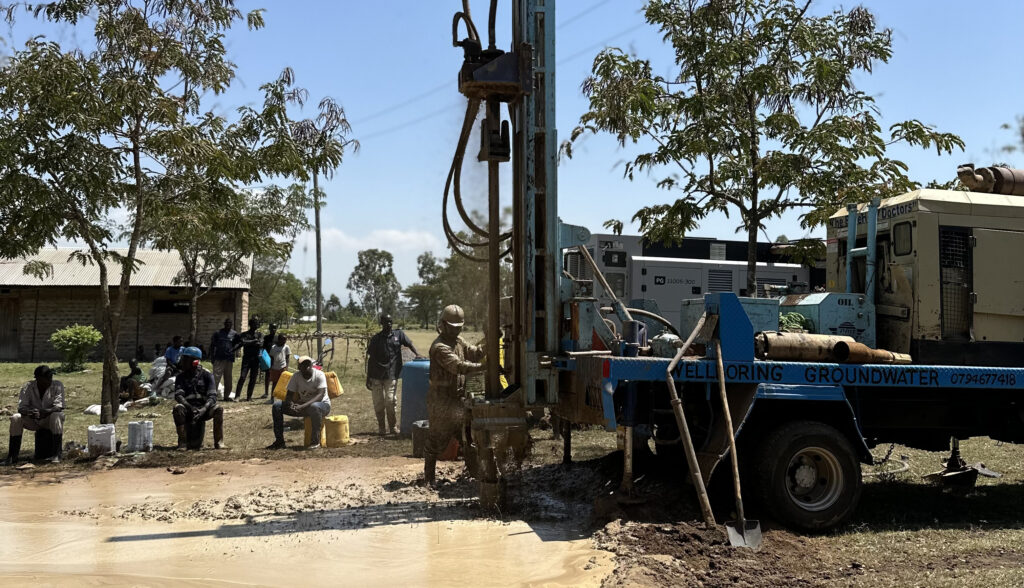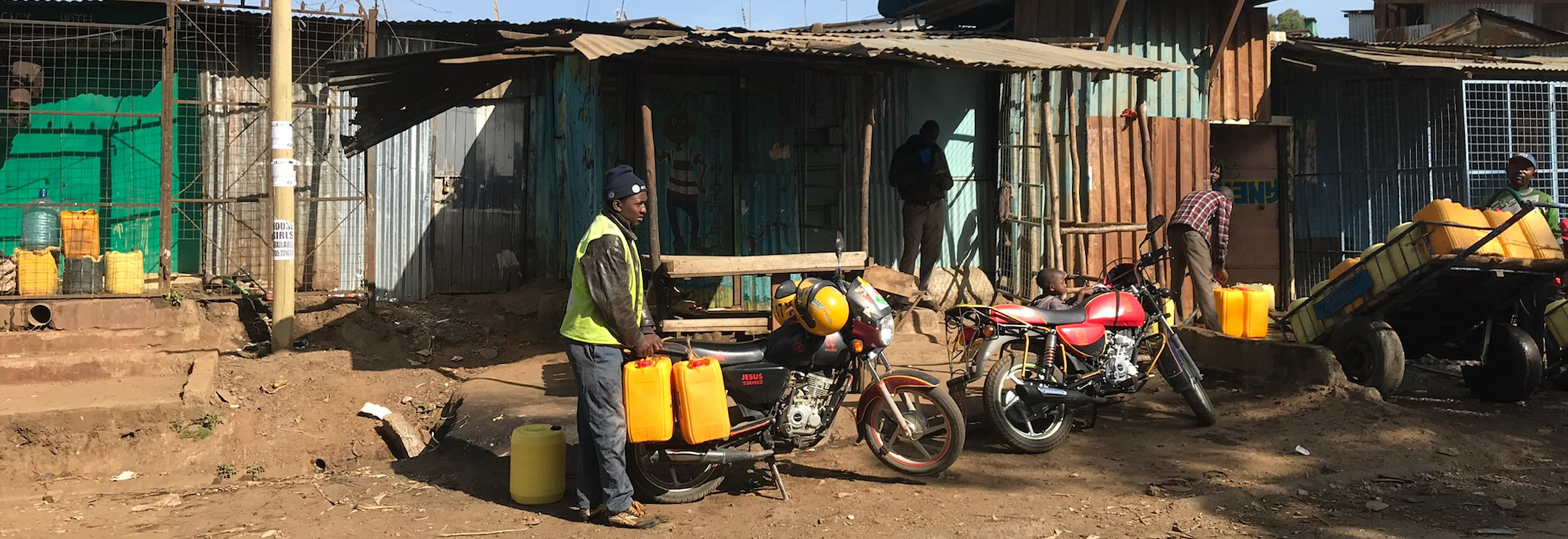
LONG-LASTING SUSTAINABLE DRINKING WATER SOLUTIONS
We focus on deep machine-drilled borewells because they reach sufficient depth in much of Africa. We usually for quality water and use hand pumps as they have few points of possible failure and because they’are durable and easy to maintain. Where we can distribute to a higher population, in places with greater or specific water needs, we combine solar powered and electric pumps with tanks. Groundwater is crucial for safe water in sub-Saharan Africa, but building borewells requires the right tech, skilled work-forcers, funding, awareness, and community support to be sustainable.
Help us!HARD WORK AND EFFICIENCY
The cost of delivering safe water to a community varies depending on how deep we must drill to reach a sufficient flow of water, the kind of ground we must drill through, and the distance we must travel. The all-in cost of a 60metre well in Kenya, including community engagement and training, in most areas, is around £7,000 and benefits some 1,000 people at a cost of £7 per person. Our efficient impact-cost ratio results from various factors, including co-development, adherence to standards, structured processes, and the use of reliable technologies.
Assessment: A needs assessment gauging neediness, water demand, the project’s financial and technical feasibility and the school and community commitment means our projects are, technically sound, with a fully-engaged community.
Site Selection: Choosing a suitable location for a well is crucial to ensure adequate water quantity and quality. The likely presence of water and it’s depth, contamination risks, and site accessibility, influence selection. Techniques range from formal hydrogeological surveys through traditional methods to informal experience of what works.
Well Design: In well design, we consider factors like intended use, soil and borehole conditions, casing materials, well protection, and the pumping system, typically using popular pumps like Afridevs and India Mark IIs for easy part replacement and extended well life.
Construction: Building a well entails drilling, casing installation, and setting up the pump. Our specialized equipment such as compressors, drilling rigs, hammers, etc. and skilled labour, familiar with best practices, is pivotal for lasting well life execution and to prevent contamination.
Maintenance: Regular checks, cleaning, and repairs prolong the well’s lifespan. This involves tools like brushes and fluids like chlorine and are done and overseen by trained personnel.
Framework/Sustainability: The school provides an institution that takes responsibility for the well, and a continuing reference point even when personnel change. The Water Management Committees we establish with a majority of women provide a practical arm for day-to-day access and management.


